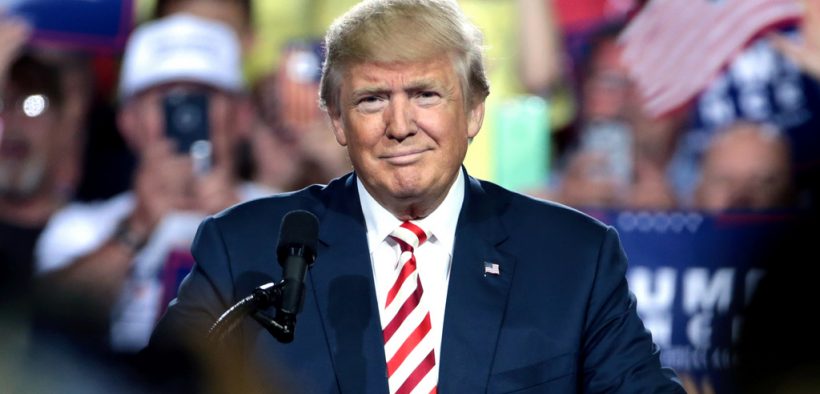Trump’s America: One Month Later
Share

It is approaching a month now since Donald Trump was sworn in as president, and what a month it has been. The flow of controversial actions coming out of the new administration has been hard to keep up with, but this article seeks to help you make sense of some of the most crucial acts of the Trump administration.
Just three days after his inauguration, Trump fulfilled one of his campaign promises by signing an executive order withdrawing the US from the Trans-Pacific Partnership. The trade deal has been criticized from both sides of the aisle as it would make it easier for corporations to outsource jobs to countries with low wages and poor worker protection. According to Senator Bernie Sanders, the TPP and deals like it have caused a loss of jobs that has led to the collapse of the American middle class. On the same day, Trump reinstated the “global gag rule” which prevents any non-government operated organizations that provide or discuss abortion services with their patients from receiving any US government funding- an order that became a major issue of the following Women’s March.
Trump continued fulfilling his campaign promises two days later when he signed another executive order directing the Department of Homeland Security to begin constructing a wall along the US/Mexico border. In a further attempt to reduce the flow of illegal immigration, Trump increased the number of border patrol agents and immigration officers, and promised to reduce funding to cities that shelter illegal immigrants, known as sanctuary cities.
Perhaps the most controversial action Trump has made was his executive orders on immigration and the acceptance of refugees from Middle Eastern countries that are meant to protect the US from a possible increase in terrorism. Trump suspended the the acceptance of any refugees for 120 days and the acceptance of Syrian refugees indefinitely. However, the part of this order that received far more attention was Trump’s immigration ban which prevented immigration from seven Middle Eastern countries for 90 days. The inaccurately named “Muslim ban” is based upon a law signed by former president Obama that restricted travel from the same seven countries due to their identification as “countries of concern” with regards to Islamic terror threats. The order was later blocked by US District Judge James Robart, and Trump’s administration has continues its attempts to reverse this decision so the result of this executive order remains to be seen.
Finally, Trump moved to fill the empty Supreme Court seat left by late Justice Antonin Scalia by nominating Neil Gorsuch of the Federal Appeals Court in Denver. As with seemingly every action taken by Trump, this too was shrouded in controversy. Not only was this a seat that was meant to be filled by an Obama nominee, but some progressives have accused Gorsuch of being homophobic for opposing the use of the Supreme Court to legalize gay marriage, despite being a long-time friend of Phil Burg, an openly gay Manhattan lawyer.
These are only a few of the actions taken by Trump’s administration over the past month, and its future measures will no doubt be hot button topics. Whether they will be good or bad for the US as a whole remains to be seen.
